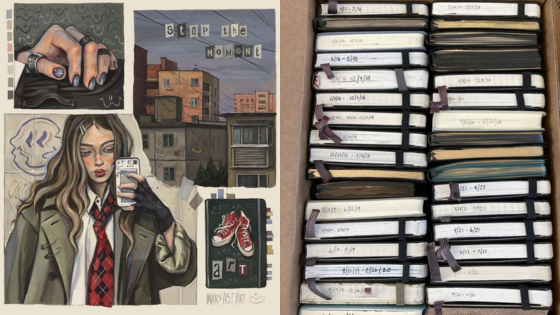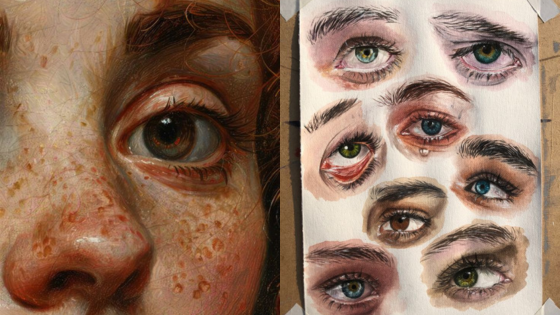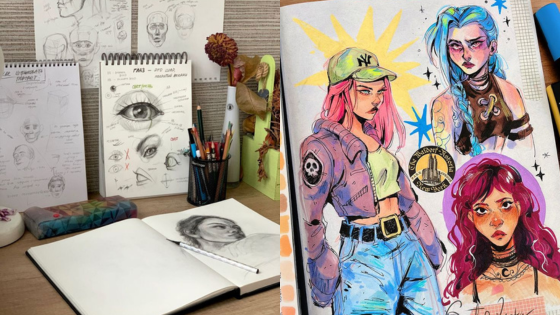Artist’s block can feel like an insurmountable challenge, leaving you staring at a blank canvas or an empty page. To overcome artist’s block, it’s essential to explore different strategies that nurture your creativity and reignite your passion for art. By understanding the roots of this block and employing practical techniques, you can find your way back to creative expression.
Engaging with your art in new ways can spark inspiration. Simple shifts in your routine or environment can lead you toward fresh ideas. Regular practice, even in small increments, can significantly help in maintaining your artistic flow.
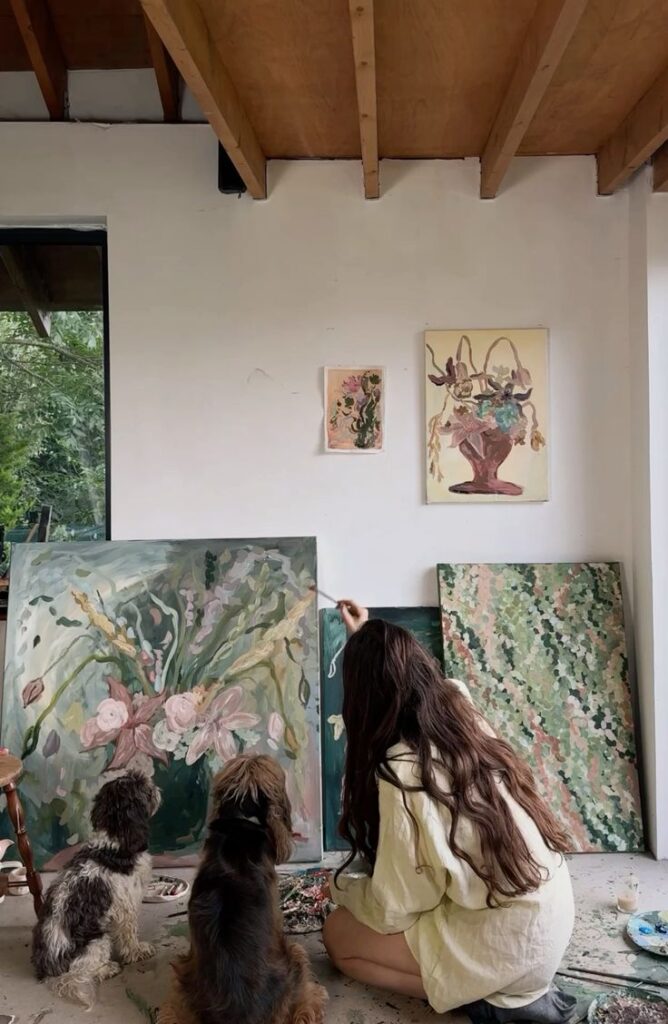
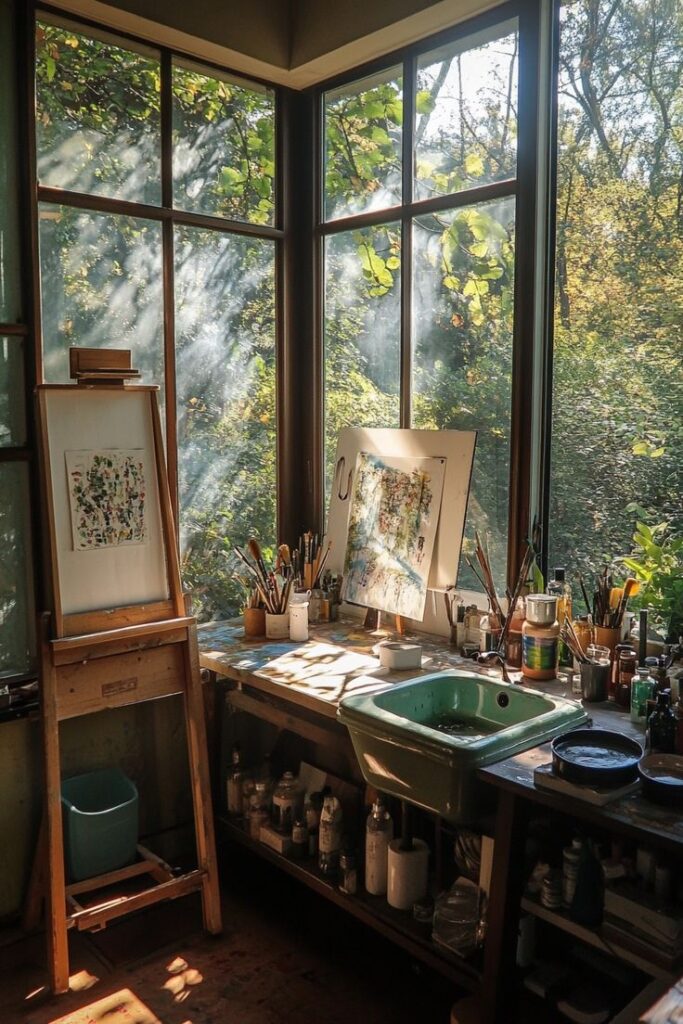
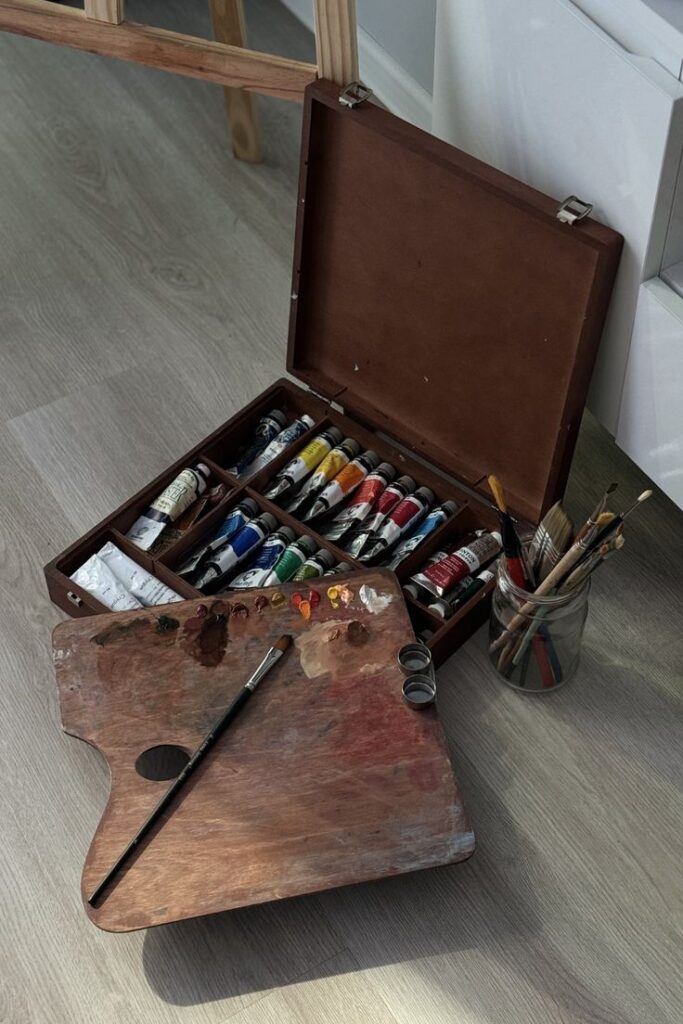
Key Takeaways
- Recognize the signs of artist’s block to address it effectively.
- Utilize various strategies to spark creativity and inspiration.
- Consistent practice helps sustain artistic momentum.
Understanding Artist’s Block
Artist’s block can be a frustrating experience for creatives. Recognizing what it is and identifying its causes will help you find effective ways to navigate through it.
Defining Artist’s Block
Artist’s block refers to a period when you struggle to create or feel uninspired. This can manifest as a lack of ideas, difficulty executing work, or feeling disconnected from your passion. Many artists encounter this at various stages of their careers.
It’s important to understand that experiencing artist’s block is common and not a reflection of your talent. Identifying this as a temporary condition can alleviate some of the pressure. Acknowledging it enables you to seek solutions rather than succumb to frustration.
Common Causes of Creative Blockades
Several factors contribute to artist’s block. Stress is often a primary culprit; whether it stems from personal issues, deadlines, or external pressures, it can stifle creativity.
Perfectionism can also hinder your work. The desire to produce flawless pieces may prevent you from starting or completing projects. Adding to this, fear of failure can create a mental barrier, making you hesitant to share your work or explore new ideas.
Additionally, a lack of inspiration from your environment or routine can lead to stagnation. Engaging in new experiences, whether through travel, reading, or collaboration, can provide renewed motivation and perspective.
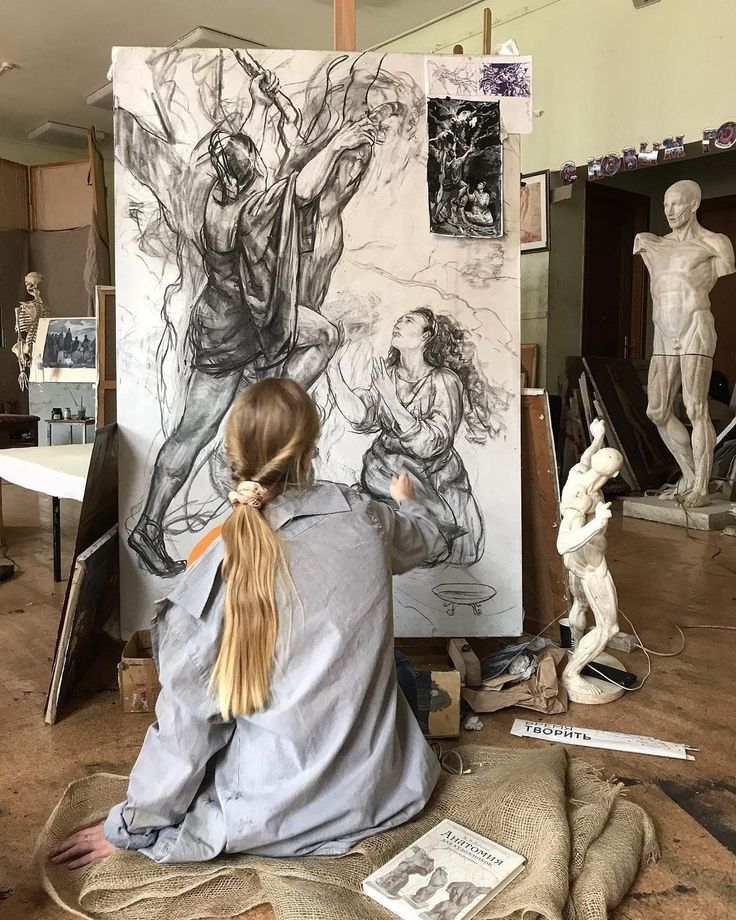
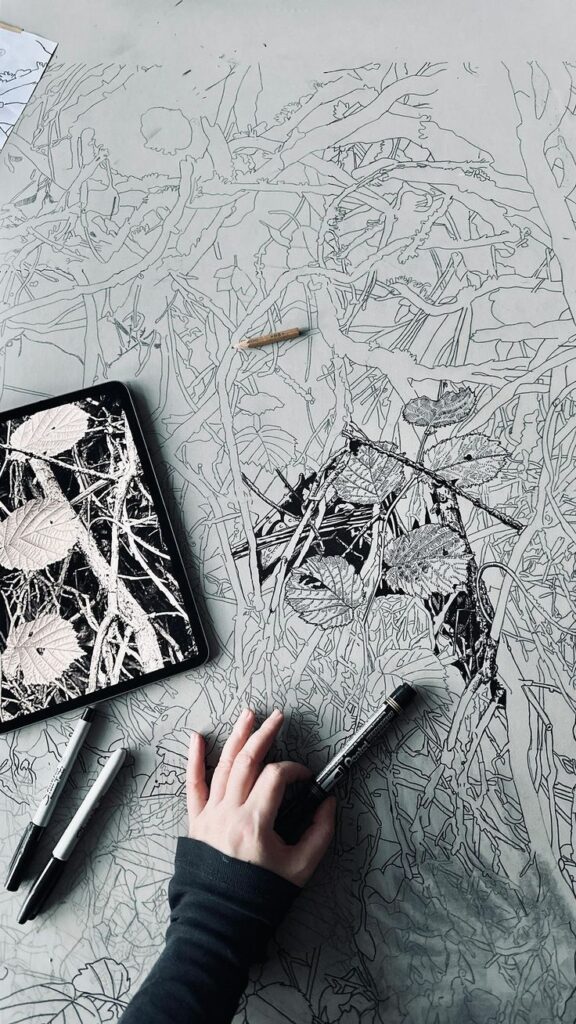
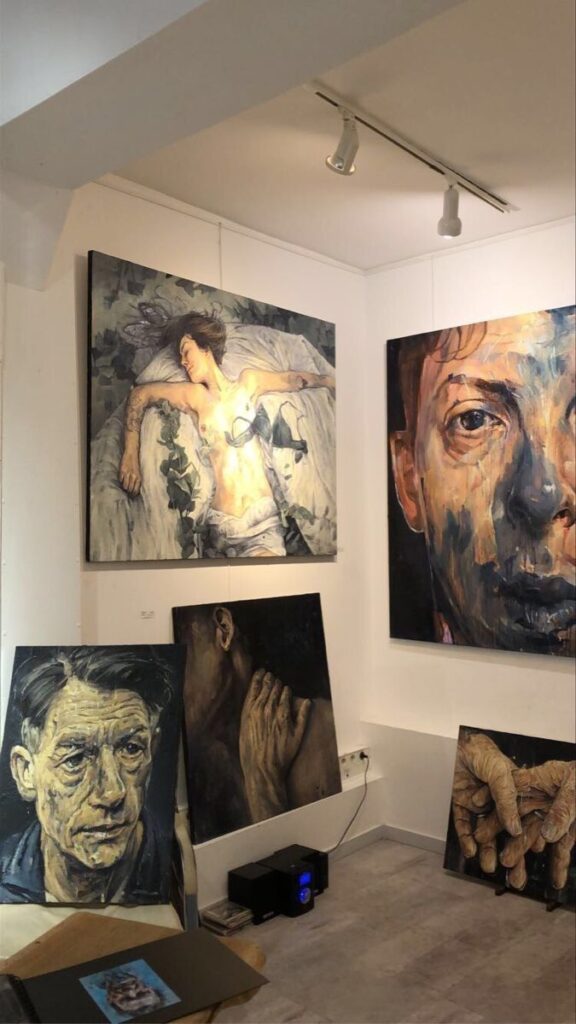
Strategies for Overcoming Artist’s Block
Overcoming artist’s block requires a mix of structured approaches and creative exploration. By implementing a routine, engaging in exercises, and seeking inspiration, you can reignite your creative flow.
Setting a Routine
Establishing a routine helps create a framework for creativity. Set aside specific times during the day dedicated to your art. Consistency reinforces your creative identity and signals your brain to prepare for work.
Start with short sessions, gradually increasing the duration as you gain comfort. Use a timer to stay focused during these blocks. Break tasks into smaller segments to make them manageable. Keeping a notebook handy for spontaneous ideas can also be beneficial.
Incorporate flexibility in your routine to accommodate different creative energies. If you feel inspired at unconventional times, allow yourself that freedom.
Creative Exercises and Prompts
Engaging in exercises can spark new ideas. Try simple techniques like free writing or doodling to loosen your creative muscles. Set a timer for ten minutes and write or draw without self-judgment.
Use prompts to challenge yourself. For example, take a common object and portray it in an unusual way. Create a piece based on a specific emotion or memory. This diversifies your creative output and broadens your perspective.
Group exercises can also be useful. Collaborate with other artists or join workshops. Sharing ideas within a community fosters motivation and opens doors to new concepts.
Inspirational Sources and Techniques
Finding inspiration in various sources can lead to breakthroughs. Explore art history, visit galleries, or engage with different mediums to find what resonates with you.
Consider using vision boards to compile images, quotes, and ideas that inspire you. Digital tools like Pinterest can help curate your sources. Setting a theme for your board can provide a focused lens through which to view your creativity.
Lastly, change your environment. A new setting can stimulate fresh ideas. Whether it’s a park, café, or different workspace, shifting your surroundings encourages fresh perspectives and can help alleviate blockages by introducing new stimuli.
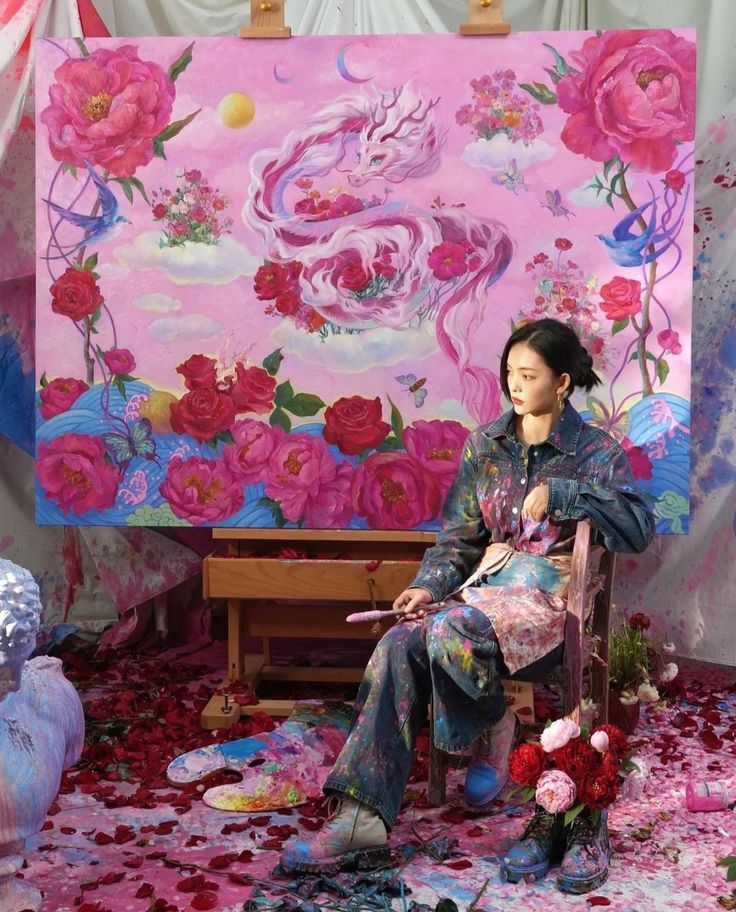
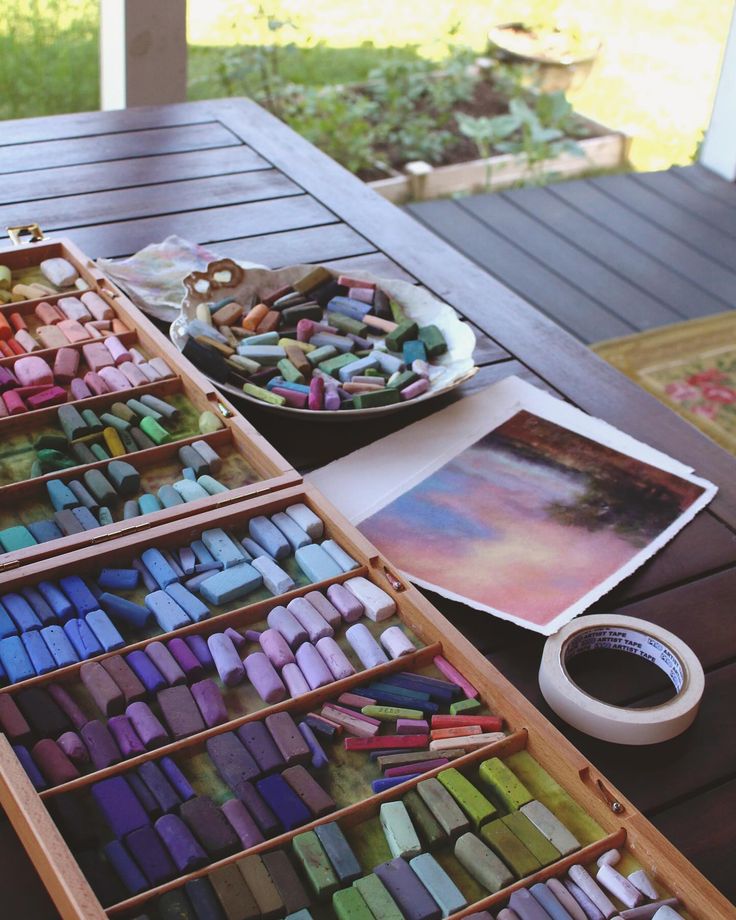
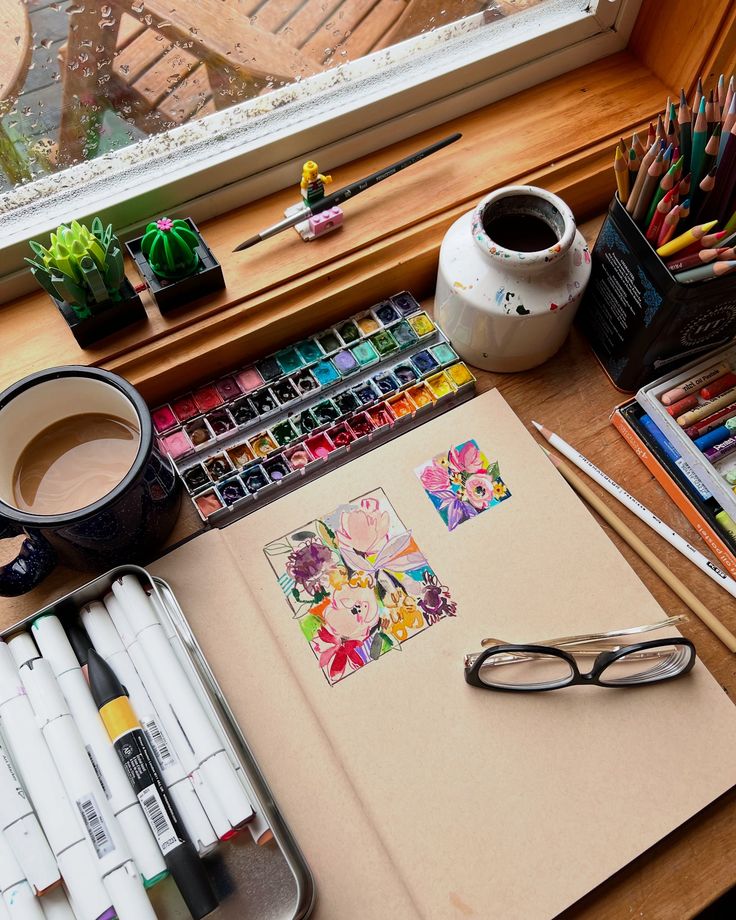
Maintaining Artistic Flow
To maintain your artistic flow, focus on self-care practices, continuous learning, and building connections with fellow artists. These elements can create a supportive foundation for your creative expression.
Self-Care and Mindfulness
Taking care of yourself is essential for sustaining creativity. Prioritize activities that recharge your mind and body. This may include regular exercise, a healthy diet, and adequate sleep.
Incorporate mindfulness practices such as meditation or deep breathing. These techniques help enhance focus and reduce anxiety. You can establish a routine where you spend a few minutes each day in silence or nature.
Consider journaling to track your thoughts and feelings. This can provide insights into your creative process and help identify any emotional blockages. Remember, a well-rested and mentally clear mind is more open to inspiration.
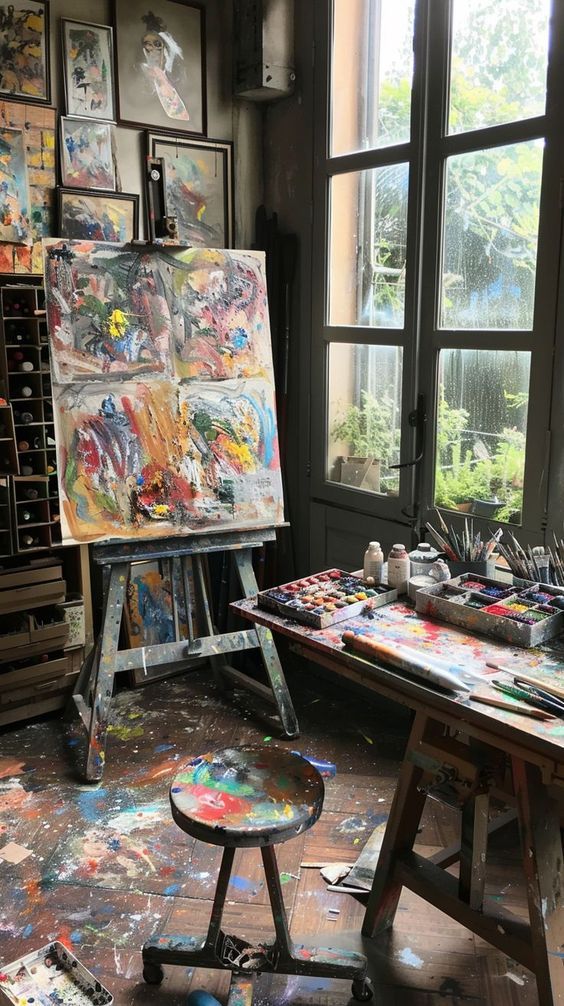
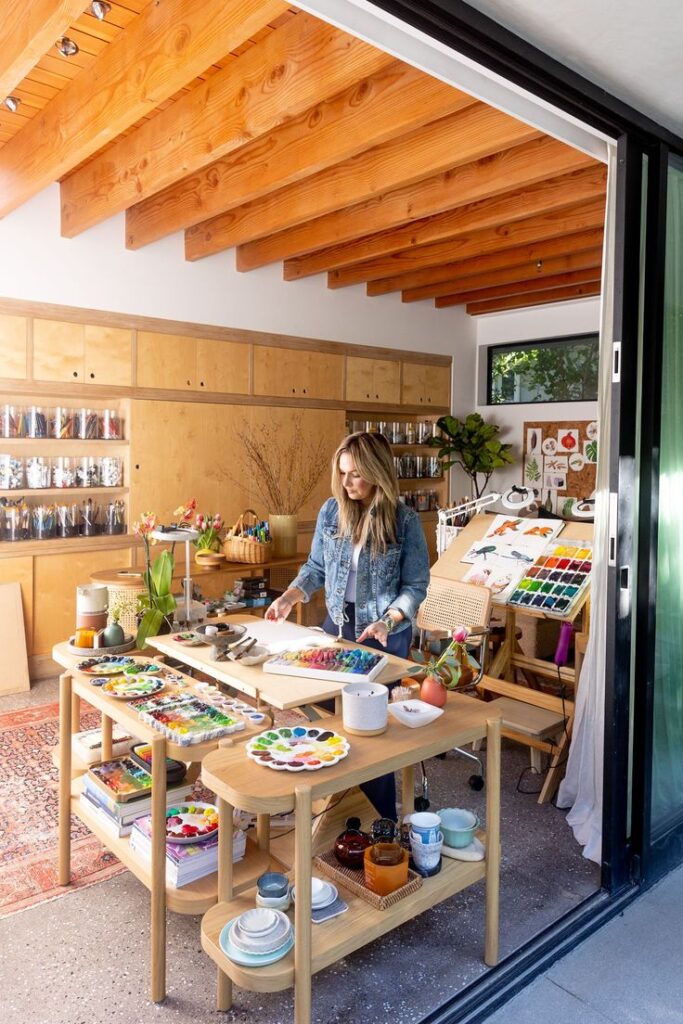
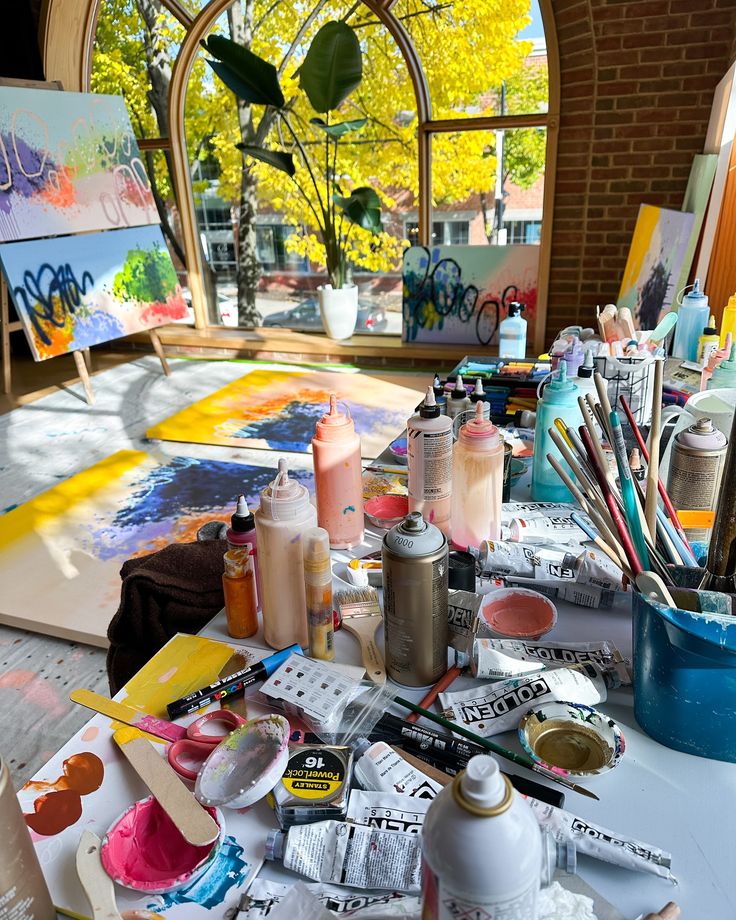
Continuous Learning and Growth
Engage in learning opportunities relevant to your art form. Attend workshops, take online courses, or explore new techniques. This will not only enhance your skills but also spark new ideas.
Set aside time for experimentation. Allow yourself to try different mediums or styles without the pressure of producing a final product.
Reading books about art or creative thinking can also provide fresh perspectives. As you learn, share your findings with your creative community. This fosters a sense of growth that can invigorate your artistic journey.
Networking with Other Artists
Building relationships with fellow artists can provide motivation and inspiration. Join local art groups or online forums where you can exchange ideas and feedback.
Attend art exhibitions, workshops, and meet-ups. Surrounding yourself with like-minded individuals can ignite new passion for your work.
Collaborate on projects to merge different ideas and styles. This can lead to unexpected creativity and keep you engaged. Networking helps create a support system that is invaluable for overcoming any artistic hurdles.
- 1.7Kshares
- Facebook0
- Pinterest1.7K
- Twitter0
